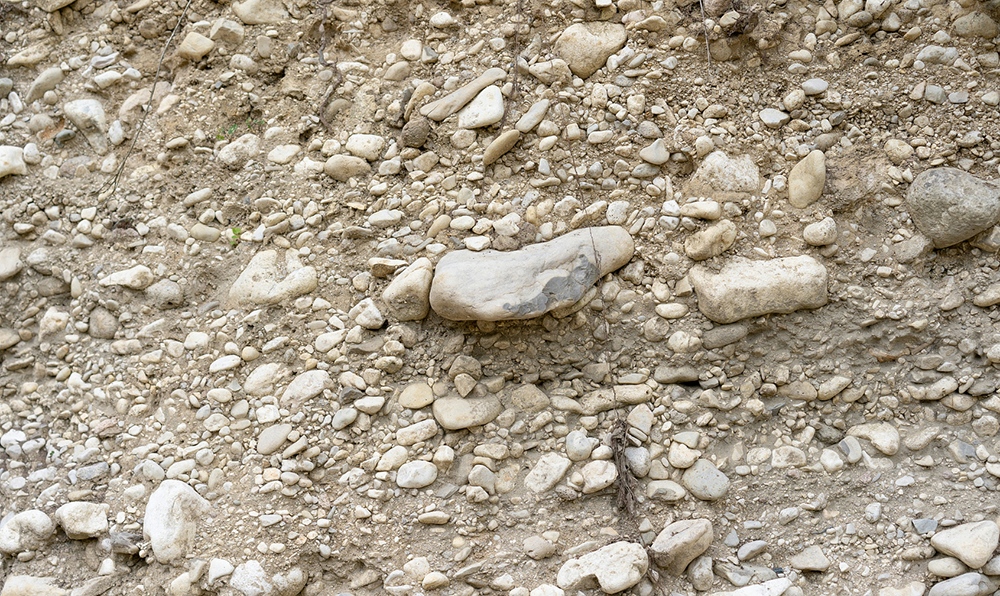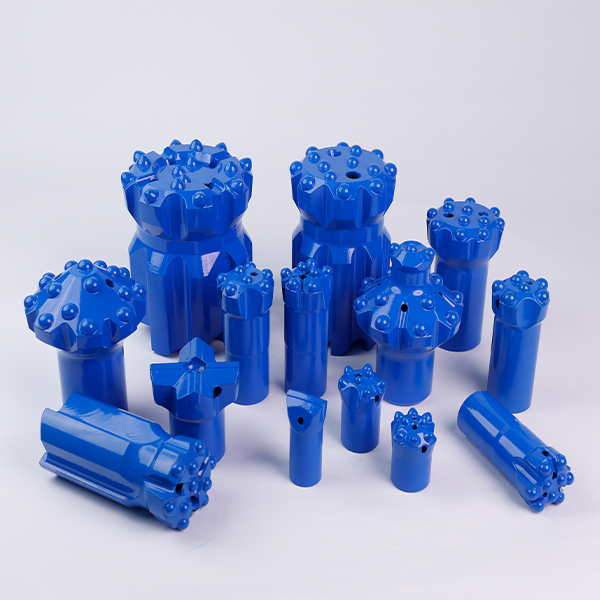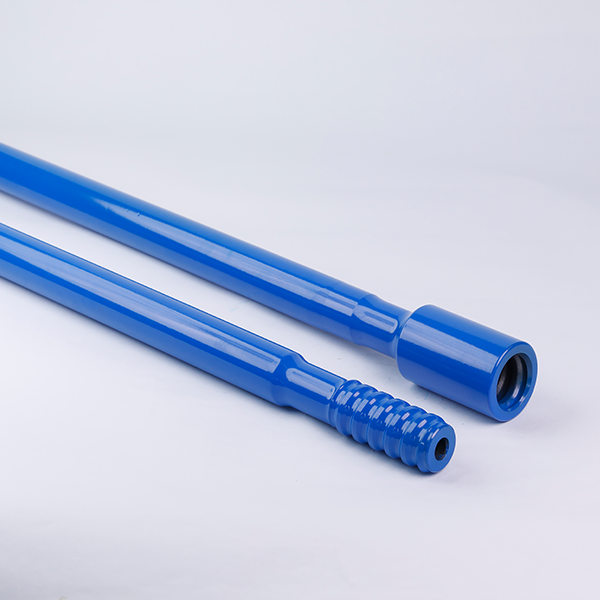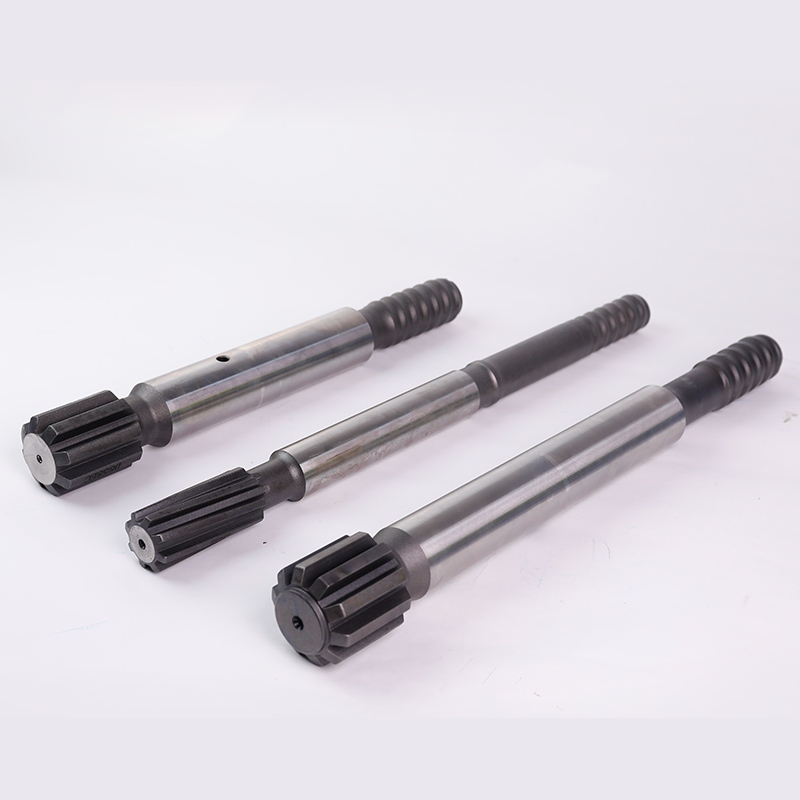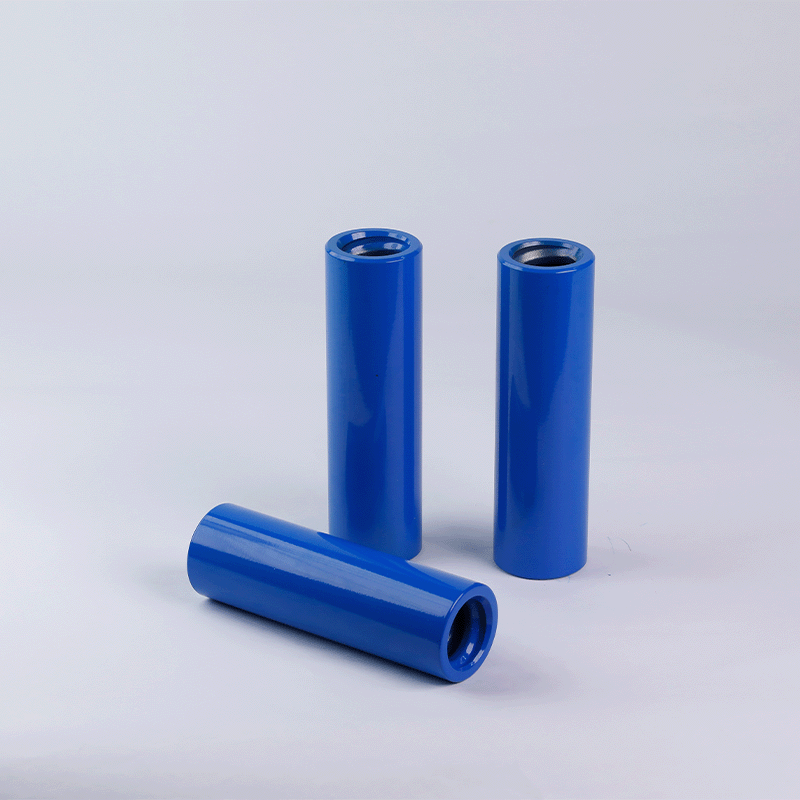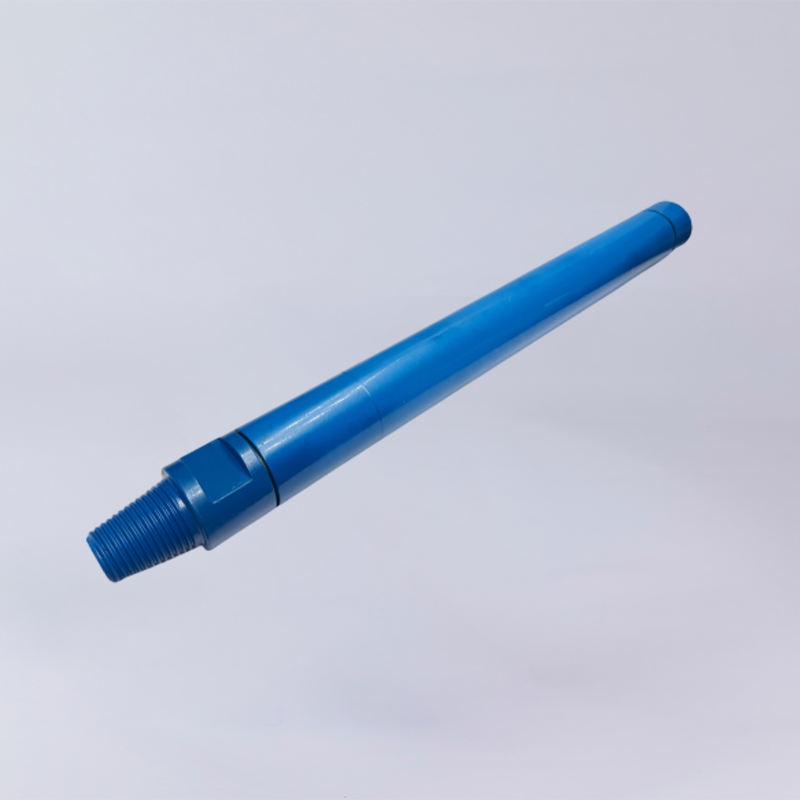在人类发展和基础设施建设过程中,凿岩作业已成为一项必不可少的作业。无论是在矿产资源开采的采矿作业中,还是在铁路、公路、水利水电等能源交通基础设施建设中,凿岩作业都发挥着至关重要的作用。凿岩作业的有效性直接影响后续工程的进度、质量、安全和成本。
由于不同岩石的成分、结构、硬度和研磨性各不相同,选择合适的钻井方法对于提高效率和降低成本至关重要。本文深入分析了不同类型的岩石,并针对每种岩石提出了最合适的钻井技术。
岩石的分类及其特性
根据岩石的形成过程,岩石可分为三类:
- 火成岩
- 沉积岩
- 变质岩
每个类别都有不同的物理和机械特性,影响钻井方法和工具的选择。
火成岩
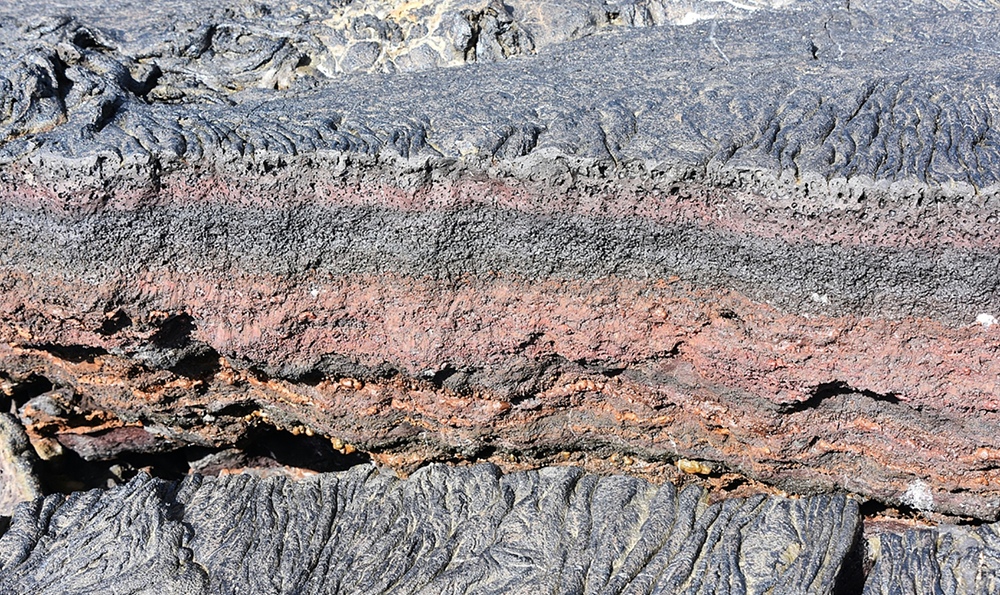
火成岩是由岩浆冷却凝固而形成的。它们也被称为岩浆岩,通常坚硬致密。常见的例子包括花岗岩和花岗闪长岩。
钻孔特点:
如果岩石没有严重破裂或风化,冲击钻孔技术是有效的。
由于硬度高,火成岩通常不适合旋转钻井,除非使用具有足够垂直压力和扭矩的重型钻机。然而,钻头磨损也是一个重大挑战。
岩石类型 | 硬度和耐磨性 | 合适的钻井方法 |
细晶岩、致密长石、花岗斑岩、花岗闪长岩、花岗岩、伟晶岩、石英斑岩 | 中等磨蚀性 | 小型手持凿岩机(用于小直径孔) |
橄榄石玄武岩、石英安山岩、橄榄石辉长岩、石英闪长岩 | 高硬度、高耐磨性 | 重型、中型手持凿岩机、导向钻机、潜孔钻机、重型回转钻机(孔径≥150mm) |
安山岩、玄武岩、闪长岩、辉长岩、正长岩 | 中等硬度 | 旋转钻井 |
蛇纹岩、红色玄武岩、高岭土花岗岩 | 更柔软,更饱经风霜 | 轻型旋转钻井 |
变质岩
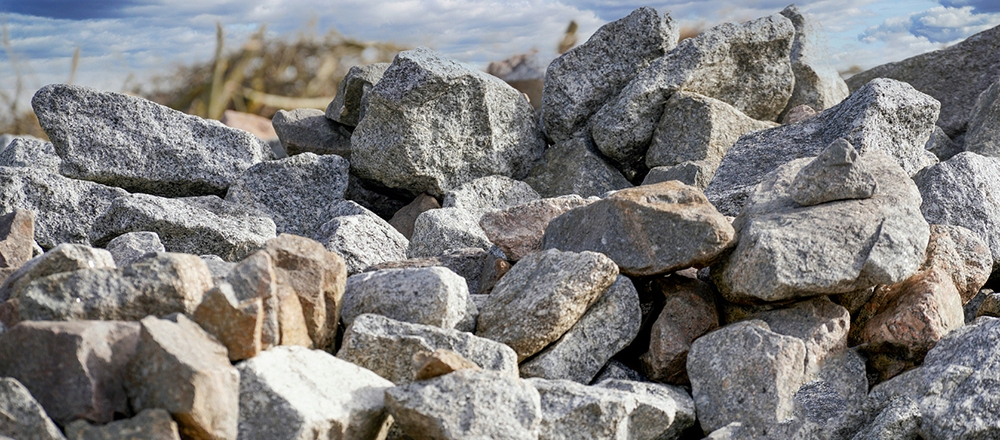
变质岩是由火成岩或沉积岩在高温高压作用下,矿物成分、纹理和结构发生变化而形成的。一个常见的例子是石英岩,它是由硅质岩变质而成,硬度极高。
变质岩的推荐钻探方法:
岩石类型 | 硬度和耐磨性 | 合适的钻井方法 |
白榴石、石英片岩、石英岩、片麻岩 | 极其坚硬,高磨蚀性 | 重型气动凿岩机 |
闪石片岩、云母片岩、白云质大理石 | 中等硬度 | 中型至重型气动凿岩机 |
板岩、千枚岩、绿泥石片岩、大理石 | 更柔软,磨损更少 | 中型至重型旋转钻机 |
沉积岩
沉积岩是由矿物和有机颗粒沉积、胶结、压实而形成的,代表性的例子包括石灰岩和砂岩。
钻孔特点:
石灰石的硬度各不相同。坚硬的石灰石需要使用气动或重型旋转钻机,而柔软的石灰石则最好使用旋转技术进行钻孔。
砂岩具有磨蚀性,不适合使用旋转钻机。气动凿岩机效率更高。
沉积岩的推荐钻探方法:
岩石类型 | 硬度和耐磨性 | 合适的钻井方法 |
燧石、角石、沉积石英岩、硬砂岩、石英砾岩 | 坚硬且耐磨 | 重型气动凿岩机 |
粉砂岩、火山灰、硅质灰岩、粗砂岩、集块岩 | 腐蚀性强,硬度稍低 | 中型至重型气动凿岩机或重型旋转钻机 |
脆性砂岩、钙质砂岩、部分粗砂岩 | 腐蚀性、脆性 | 轻型旋转钻井 |
石灰岩、泥岩、脆性砂岩 | 无腐蚀、坚硬 | 中型至重型气动凿岩机、潜孔钻机或重型旋转钻机 |
泥灰岩、泥岩、页岩、白垩、煤 | 无腐蚀、柔软 | 麻花钻、旋转钻 |
选择正确钻井方法的关键因素
选择最佳钻井技术需要了解岩石的物理和机械特性。应考虑以下因素:
1.硬度和耐磨性
- 较硬的岩石需要冲击钻孔(例如,气动钻机、DTH钻机)。
- 较软的岩石适合旋转钻井。
- 高磨蚀性岩石会导致钻头快速磨损,因此需要使用金刚石或碳化钨钻头。
2. 风化和破裂
- 高度风化的岩石往往更容易钻孔,但可能需要加固(例如,灌浆)。
- 破碎的岩石需要采用能够最大限度减少振动的钻井技术,以防止进一步的不稳定。
3. 岩石类型和成分
- 花岗岩和石英岩:需要高冲击力、重型钻头。
- 砂岩和石灰岩:更能适应多种钻孔方法,取决于硬度。
- 页岩和泥岩:由于性质较软,最好使用旋转钻机进行钻孔。
优化钻井效率
为了最大限度地提高钻井效率并降低成本,请考虑以下策略:
- 选择合适的钻机:根据岩石的硬度选择轻型或重型钻机。
- 选择合适的钻头:根据岩石的磨蚀性使用金刚石、硬质合金或钢钻头。
- 调整钻井参数:优化旋转速度、冲击力和压力,以达到最佳的穿透率。
- 使用冷却和润滑:实施水或空气冲洗以提高性能并延长钻头寿命。
- 采用先进的钻井技术:
- 用于硬岩的冲击钻井。
- 适用于较软地层的旋转钻井。
- DTH 冲击器钻孔可实现深孔精度。
结论
由于岩石成分和力学性质的多样性,几乎不可能找到两块完全相同的岩层。然而,通过分析岩石的硬度、磨蚀性和风化特性,可以确定最合适的钻井方法。
通过选择合适的钻机类型、采用高效的钻井技术并优化钻井参数,可以显著提高项目效率,确保按时完井,同时降低作业成本。了解这些原则可以帮助工程师和钻井专业人员做出明智的决策,从而实现更高效、更可持续的钻井作业。

